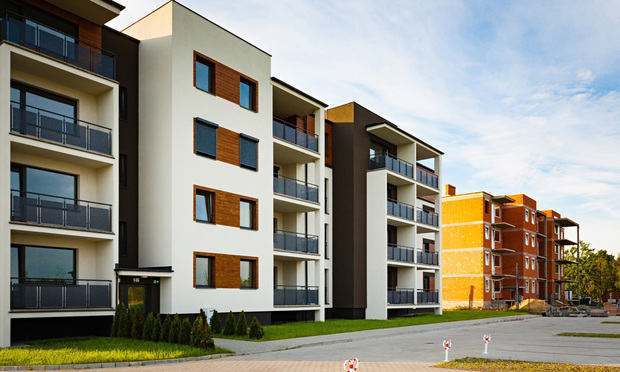SF East Bay’s I-680 Corridor Emerges as Hot Spot for Office-To-Resi Conversions

San Francisco East Bay, along the I-680 Corridor, has become a key area for office-to-housing conversions, as has the Long Beach area.
Signature Development plans to replace 450,000 square feet of office space in the Shadelands business park in Walnut Creek, Calif., and build 422 for-sale townhomes, making it one of the area's largest transformations to date.
The deal awaits Walnut Creek city approvals, having already passed the city’s Design Review Commission.
“East Bay office to housing conversions like Shadelands are moving faster than those in older urban environments because there's more room, more flexibility, and better valuations," said Casey Case of Gates Studio Landscape Architects, who also reviewed the Shadelands proposal in her role as a Walnut Creek Design Review Commission member.
“Land use decisions are a combination of public policy and market demand, and right now housing is favored, and is still under-supplied in California.”
It comes as creating new affordable housing stock remains difficult, according to Michael J. Romer, Esq., principal of Romer Debbas LLP.
“In highly regulated areas such as California, repurposing existing office buildings for residential use is a practical approach to the housing shortage, which is gaining steam in cities in California and across the country,” Romer told GlobeSt.com.
“The key to creating housing is providing incentives to landlords and developers.”
Other projects ongoing along the I-680 corridor, according to area research, include Trammell Crow converting the 260,000-square-foot Pacific Plaza office asset into a six-story, 400-unit apartment community.
In Sunset Development's Bishop Ranch business park in San Ramon, California, SummerHill Homes is taking a 570,000-square-foot office property and replacing it with 404 townhomes and single-family residences.
KB Homes plans to demolish a 250,000-square-foot bank office building in Bishop Ranch and bring new housing, marking the next step in its long-held plans to evolve that area into a more mixed-use community.
Additionally, Sunset plans to build up to 8,000 homes there by 2040, including at several former office sites.
Conversions Help to Revitalize Long Beach
Repurposing underutilized commercial buildings into residential developments has become a vital strategy, particularly for urban revitalization around Long Beach, with its unique coastal position, evolving office vacancy landscape and solid rental demand.
The market stands as a compelling case study in adaptive reuse, according to Damian McKinney, principal & managing director at Avison Young.
Downtown Long Beach faces one of the highest office vacancy rates in two decades, according to the CRE firm. As of mid-2022, approximately 22.4% of downtown office space was unoccupied, reflecting a national trend of workspace contraction following the pandemic.
Entering 2025, the Central Business District—including Class A, B, and C office stock totaling around 4 million square feet—continues to struggle with elevated vacancy rates near 24%. Although suburban Long Beach markets, particularly near the airport, maintain high occupancy (over 95%), the downtown core remains comparatively strained, McKinney told GlobeSt.com.
Meanwhile, residential demand in Long Beach remains robust. The average monthly rent stands at about $2,100, matching the national median.
Downtown multifamily occupancy rates have rebounded to approximately 94%, mirroring pre-pandemic levels, with more than 500 new units launched or under construction as of late 2021.
“This tight market, combined with California’s broader housing shortage—estimated between 3 to 4 million units statewide—underscores the urgent need for creative housing solutions,” McKinney said.
The office-to-apartment conversion boom is reshaping urban centers nationally, with Los Angeles ranking third among metros, with 4,388 conversion units projected. This is an 80% year-over-year increase and represents roughly 42% of all future adaptive reuse residential projects nationally.
Source: GlobeSt/ALM